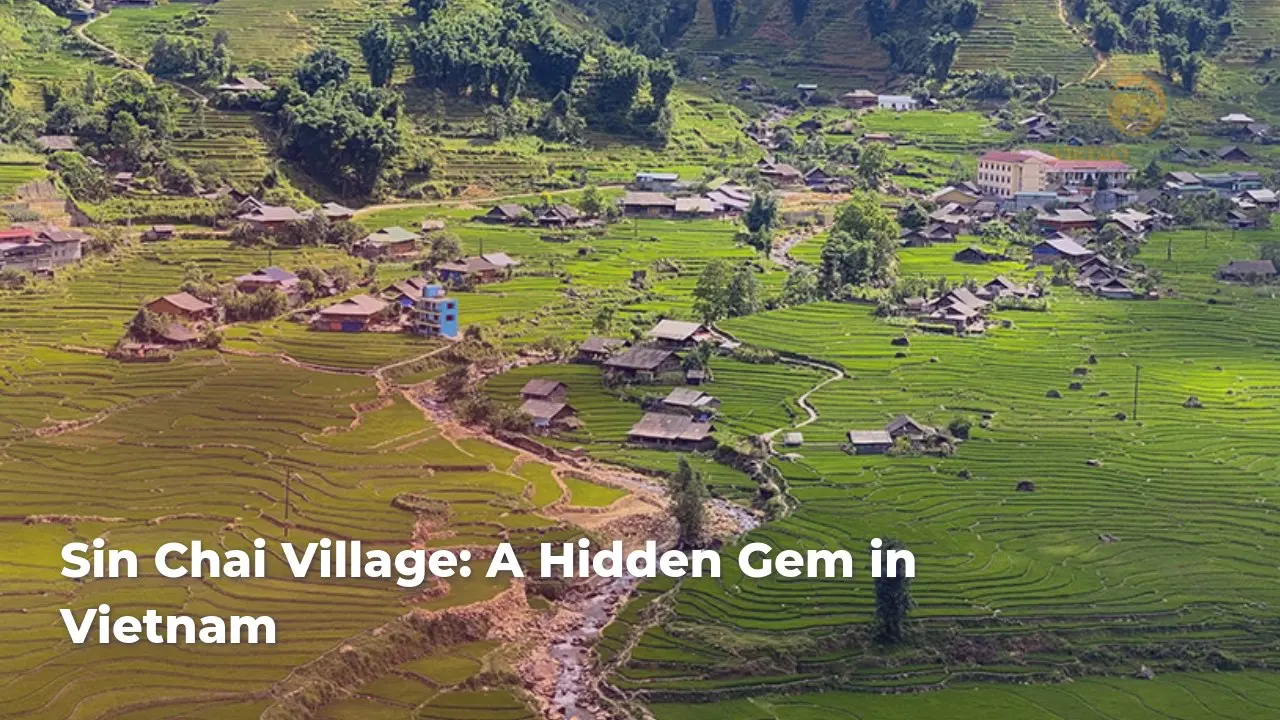
Sin Chai Village (Bản Sín Chải)
Explore the enchanting Sin Chai Village and immerse yourself in the rich culture and stunning landscapes of Vietnam. Plan your unforgettable adventure now!
Nestled in the heart of Sapa, northern Vietnam, lies the breathtaking Muong Hoa Valley. This enchanting destination is not just a visual feast of stunning landscapes but also a thriving hub of rich cultural diversity. If you’re an avid traveler, an adventurer, or someone looking to immerse yourself in unique traditions, Muong Hoa Valley offers an incredible array of experiences. Surrounded by towering mountains, lush rice terraces, and vibrant ethnic communities, its beauty is as captivating as its history. In this detailed guide, we will explore the region’s geography, cultural significance, ideal visiting times, attractions, activities, cuisine, and transportation options.

Situated approximately 10 kilometers southeast of Sapa town, Muong Hoa Valley stretches across various communes, including Hau Thao, Su Pan, and Ta Van. This picturesque valley lies within the stunning Hoang Lien Son mountain range. The terrain is characterized by stunning terraced rice fields, verdant greenery, and ancient rock formations, making it a photographer’s paradise.
The terraced rice fields are not only a visual delight but also an agricultural miracle, ingeniously designed by local communities to maximize arable land on steep slopes. Each season brings a bold transformation to these fields; in spring, the lush green of new growth blankets the area, while autumn paints a golden hue, showcasing a breathtaking landscape that reflects the hard work and dedication of the local farmers.
Moreover, the diverse topography of the valley plays a vital role in supporting various ecosystems. From high-altitude forests to serene water bodies, this geographical richness significantly contributes to the valley’s allure. As you traverse the area, you can encounter unique flora and fauna, further enhancing the experience of exploring this hidden gem.
One of Muong Hoa Valley’s most captivating aspects is its rich cultural tapestry, woven from the lives of several ethnic minorities, including the H’Mong, Dao, and Giay peoples. Each ethnic group contributes unique elements to the valley’s culture, from traditional clothing to distinctive culinary traits. This cultural fusion creates a vibrant atmosphere that enchants visitors, giving them a taste of local traditions that have been passed down through generations.
As you wander through the villages, you may witness locals engaged in traditional crafts, such as weaving and embroidery, showcasing their artistry and dedication. The communities celebrate various festivals throughout the year, offering visitors the chance to participate in vibrant dances and rituals, enriching their understanding of the culture. Interacting with the locals not only provides a deeper insight into their daily lives, but also fosters a sense of connection and respect for their unique heritage.
In summary, Muong Hoa Valley serves as a living museum of cultural diversity, where visitors can delve into the unique customs and traditions that make this region so distinctive. The warmth of the local residents adds to the valley’s charm, making it a memorable experience for anyone fortunate enough to visit.

Timing your trip to Muong Hoa Valley can significantly enhance your experience. The most recommended months for a visit are from March to May and September to November, when the weather is mild and the landscapes are at their most vibrant.
During March to May, the valley bursts into life, with blooming flowers and lush greenery creating a fantastic blanket of color. The fields are filled with new rice crops, and the charming weather allows for outdoor activities, making this period ideal for trekking, cycling, or simply enjoying leisurely strolls through the valley.
Conversely, the September to November period offers a stunning transformation as the rice terraces turn golden. This seasonal change creates a visual spectacle that attracts photographers from all over the world, eager to capture the brilliant hues of the landscape before harvest. The backdrop of the surrounding mountains enhances this scene, making it a perfect time for scenic photography and exploration.
For those who appreciate cooler climates, visiting between December and February is equally rewarding. While the temperatures can drop, occasionally leading to snowfall, the valley acquires a quiet beauty, transforming into a winter wonderland. This unique perspective allows visitors to appreciate the region’s trellised fields and rolling hills in a completely different light.
Ultimately, the best time to visit will depend on your preferences for weather, scenery, and activities. Regardless of when you choose to travel, Muong Hoa Valley’s unparalleled beauty and charm are sure to leave a lasting impression.
Muong Hoa Valley is a treasure trove of attractions that showcase its natural beauty and cultural heritage. Here are some of the must-visit highlights:
These attractions collectively paint a vivid picture of Muong Hoa Valley’s enchanting beauty and rich cultural legacy, providing visitors with a plethora of experiences that cater to various interests.
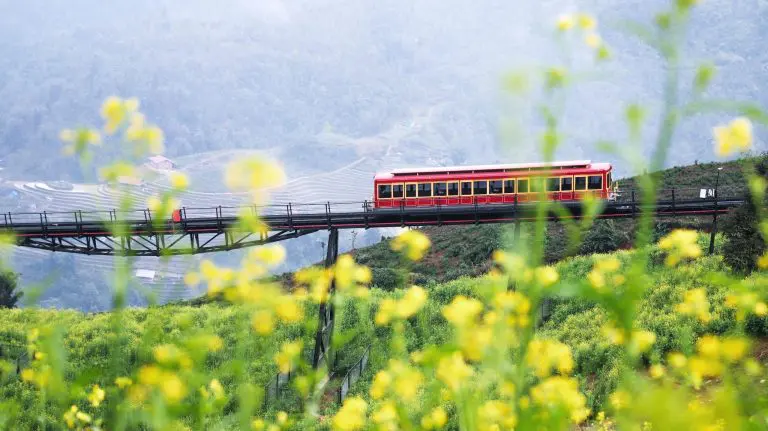
In addition to exploring its attractions, Muong Hoa Valley offers a range of engaging activities that cater to diverse interests and adventure levels. Here’s a breakdown of some popular options:
These activities not only allow visitors to appreciate the natural beauty of Muong Hoa Valley but also offer opportunities to forge meaningful connections with the local community and culture.
No visit to Muong Hoa Valley would be complete without indulging in its delightful cuisine. The valley’s accessibility to fresh ingredients and unique culinary traditions contributes to an array of mouthwatering dishes. Here are some must-try local specialties:
Sampling these dishes not only satisfies your palate but also connects you to the valley’s agricultural practices and culinary traditions, allowing you to appreciate the flavors cultivated in this remarkable region.
Reaching Muong Hoa Valley is relatively straightforward, whether you’re coming from Hanoi or Sapa. Here’s a guide on how to get there:
By considering these travel options and budgeting accordingly, you’re well on your way to experiencing the breathtaking beauty and culture of Muong Hoa Valley.
In conclusion, Muong Hoa Valley is a must-visit destination for those seeking stunning natural beauty, rich cultural experiences, and the opportunity to engage with local traditions. From breathtaking landscapes and vibrant ethnic communities to delicious cuisine and a range of activities, this enchanting valley promises an unforgettable journey in Vietnam’s highlands. Whether you’re trekking through picturesque landscapes or savoring locally prepared dishes, the valley caters to every traveler’s desires, making it a remarkable highlight of any trip to northern Vietnam.
For more detailed information and tips on planning your visit, check out these resources:
These resources will enhance your understanding and help you plan your visit to this captivating destination!

Explore the enchanting Sin Chai Village and immerse yourself in the rich culture and stunning landscapes of Vietnam. Plan your unforgettable adventure now!
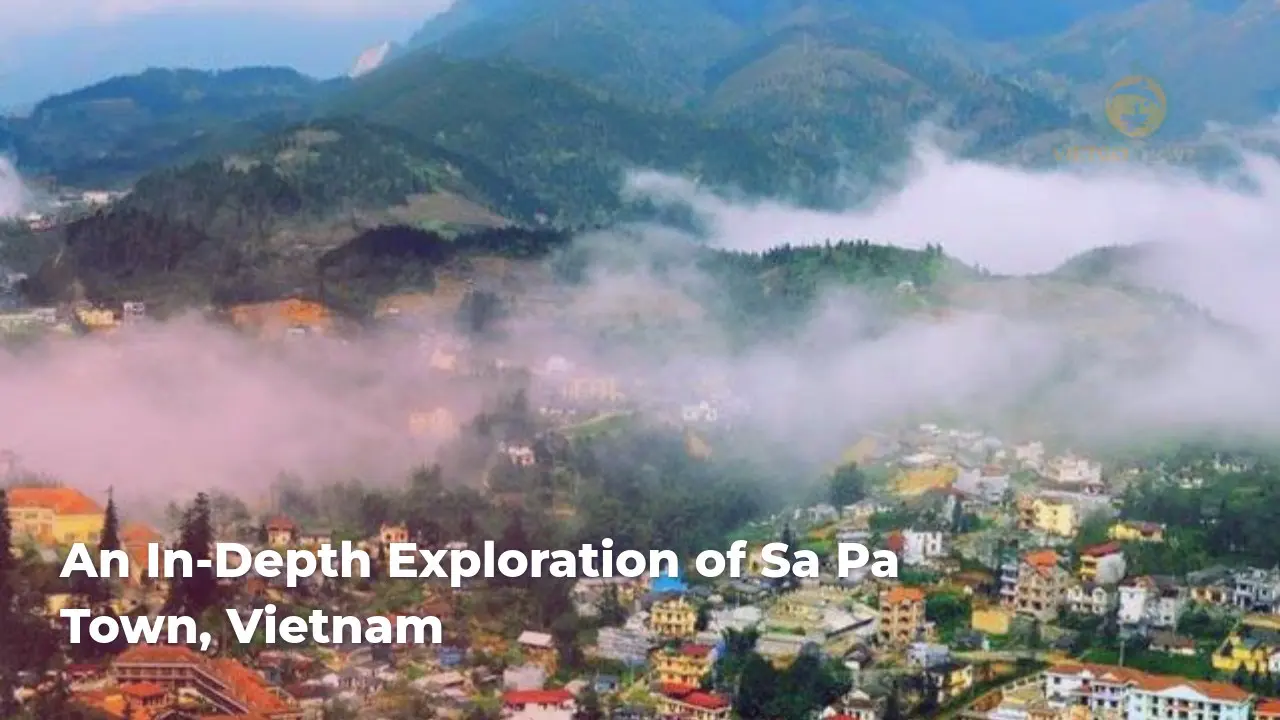
Explore Sa Pa Town, a mesmerizing destination with breathtaking landscapes and rich culture. Perfect for adventure and relaxation seekers alike.
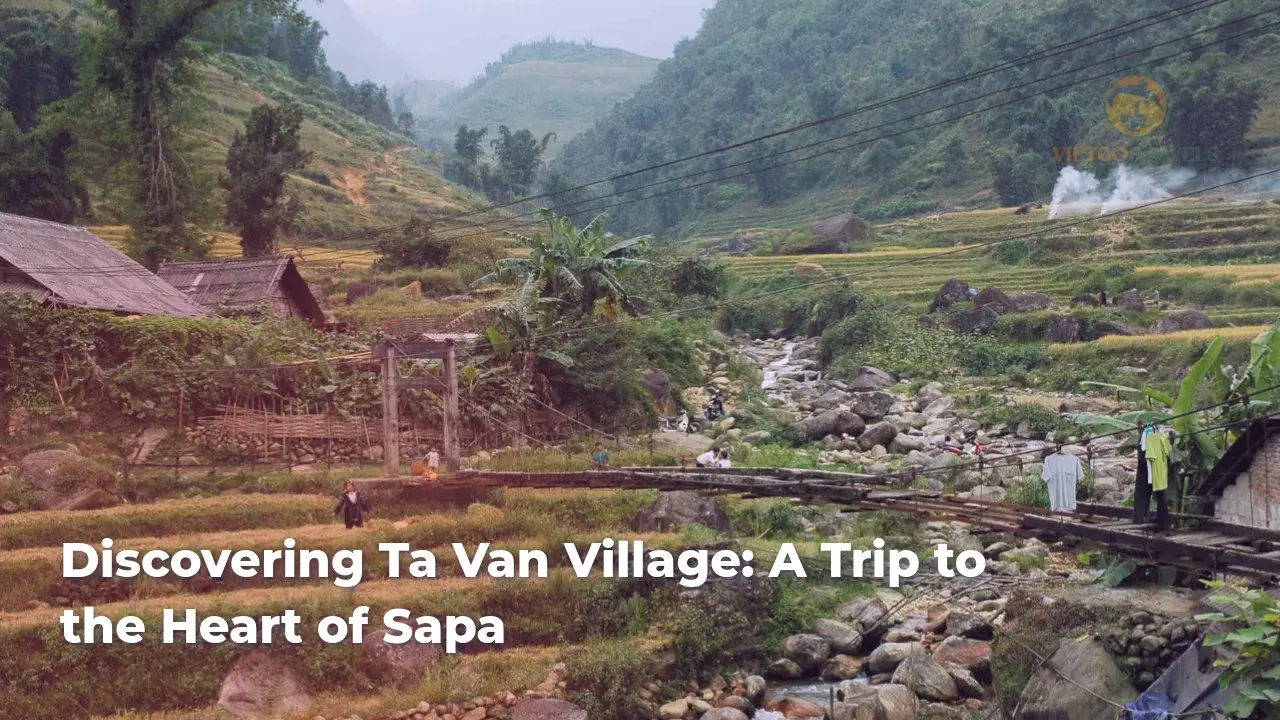
Discover the charm of Ta Van Village. Immerse in local culture, stunning landscapes, and traditional homestays. Plan your visit now!
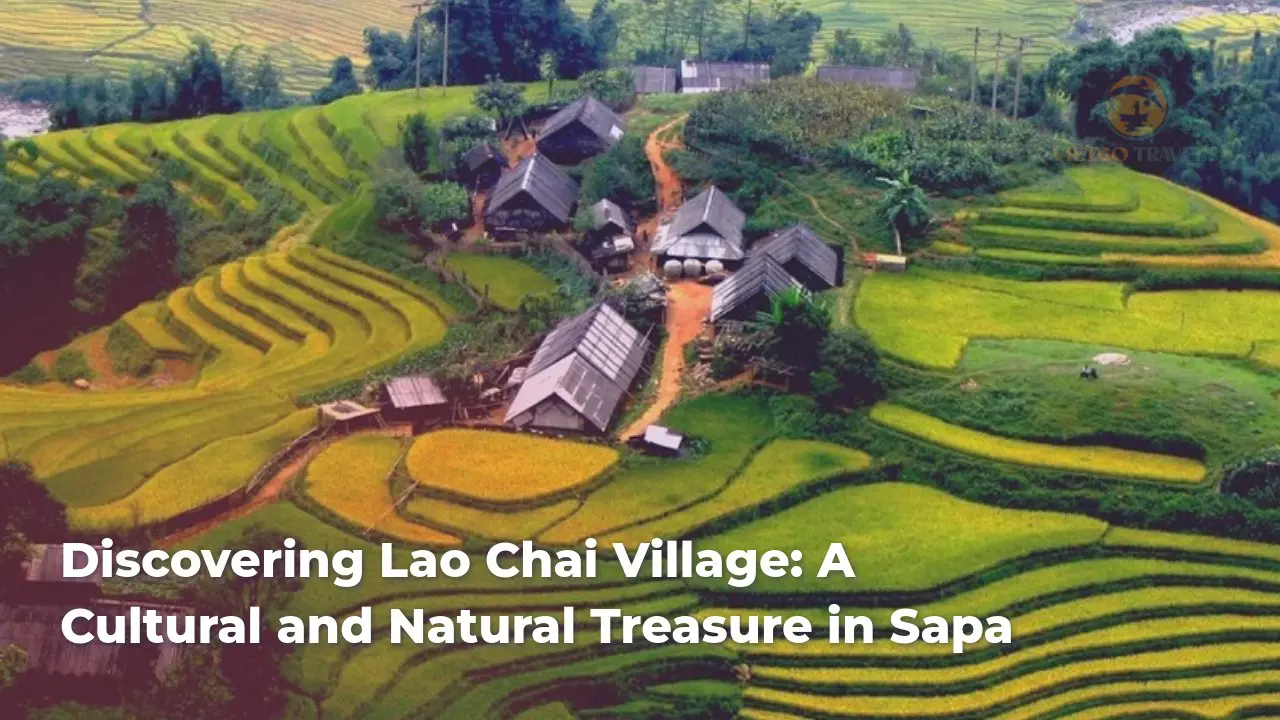
Explore the serene beauty of Lao Chai Village. Experience vibrant culture and stunning landscapes in this essential Sapa itinerary stop.
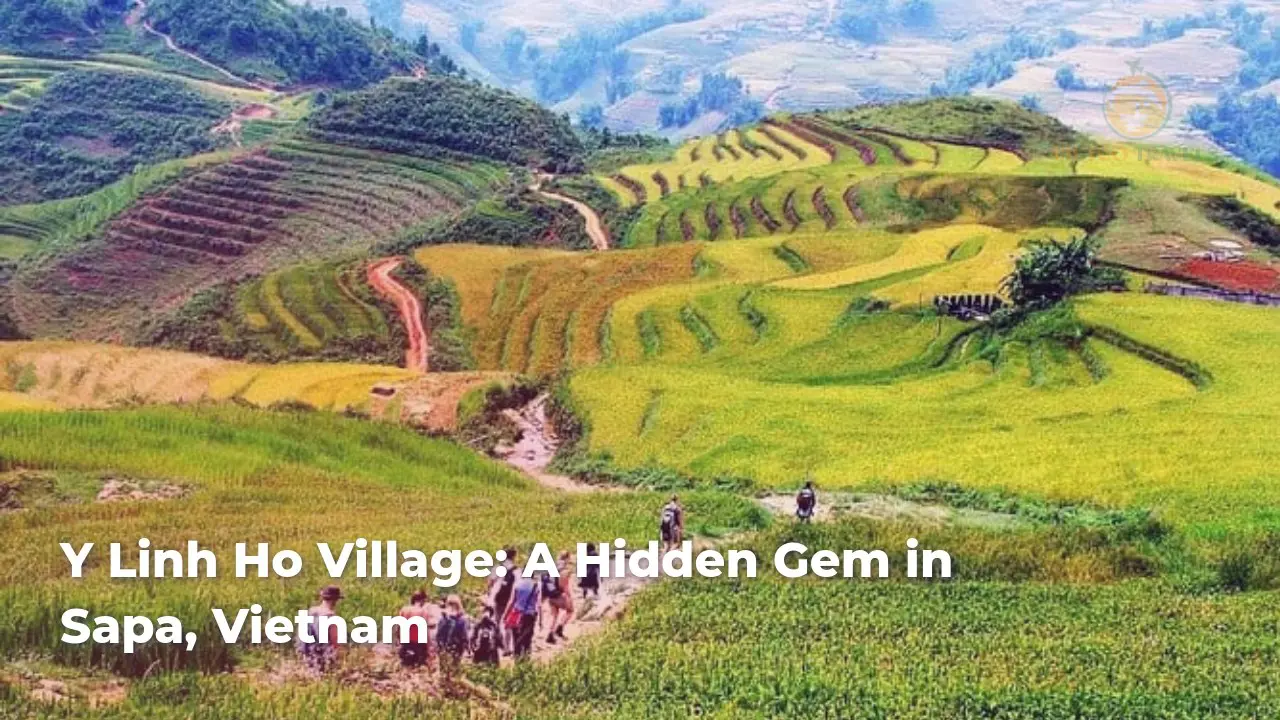
Discover Y Linh Ho Village’s stunning landscapes and rich culture. Perfect for trekking and soaking in the serene beauty of Vietnam’s valleys.
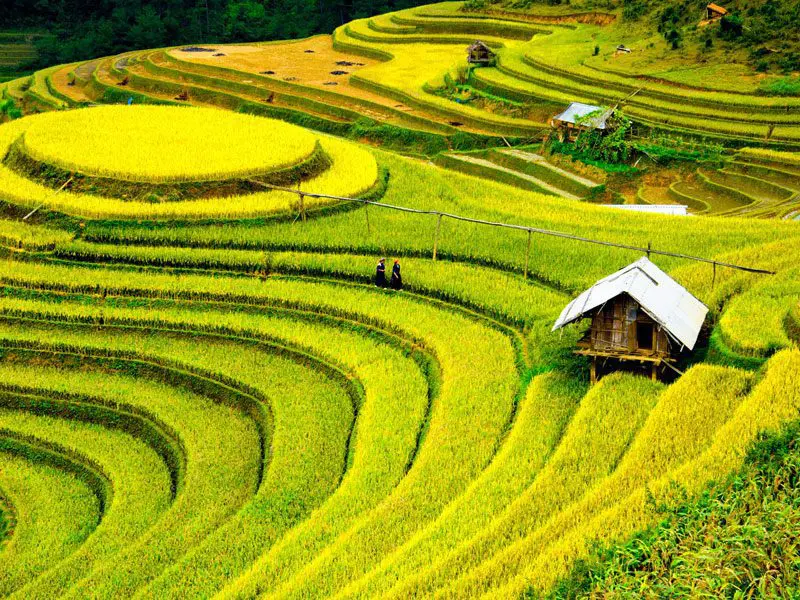
Hoang Su Phi terraced fields possess an undeniable charm, creating a mesmerizing scene—journey to Ha Giang with Vietnam Treasure to witness the brilliant golden rice harvest season. Although present in many countries, especially in Southeast Asia, terraced fields in Vietnam are deeply associated with the traditional agricultural activities of many ethnic groups in the northern mountainous region, such as the H’Mong, Dao, Nung, La Chi and Ha Nhi.
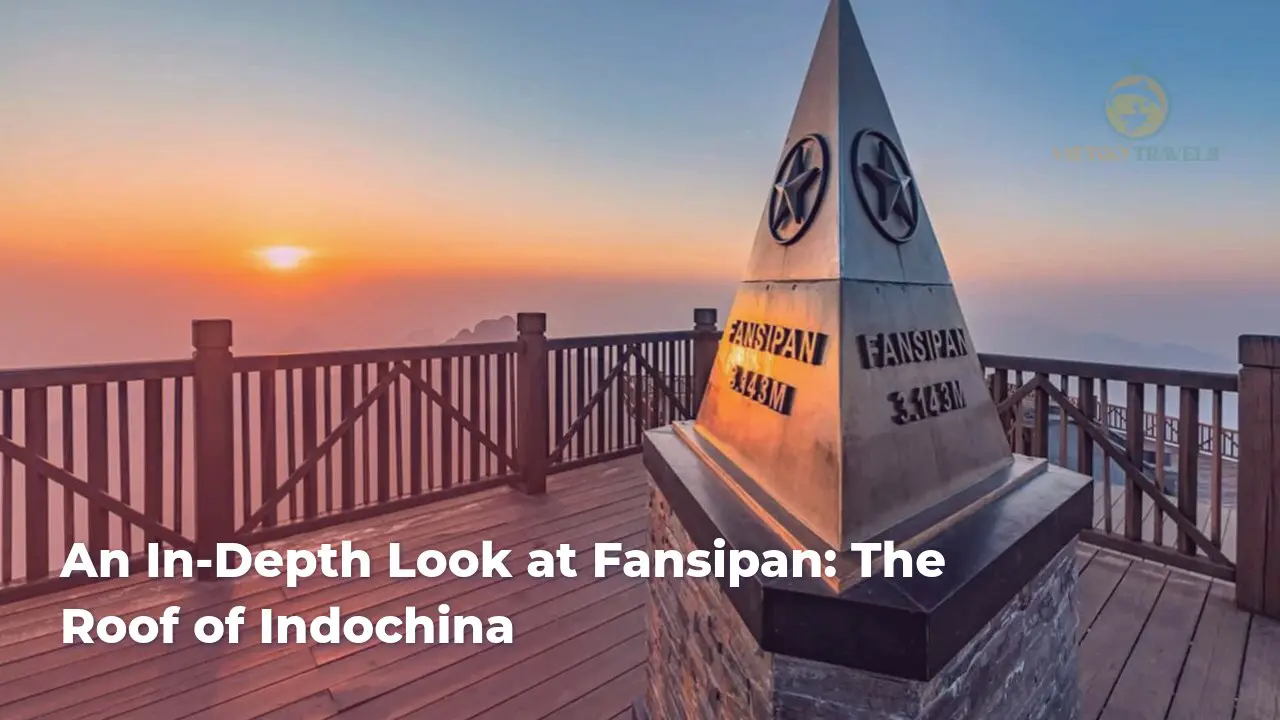
Explore Fansipan, Vietnam’s highest peak. Embark on an unforgettable adventure and embrace breathtaking views from the summit of the Roof of Indochina.
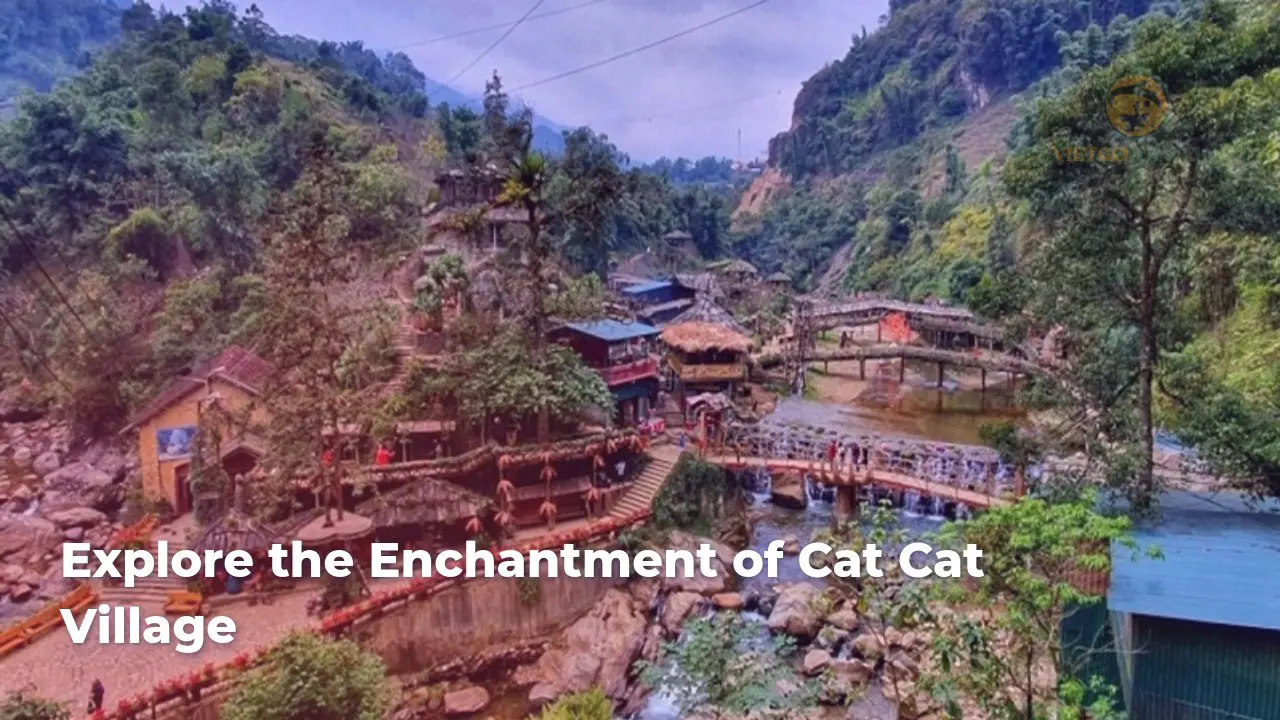
Explore Cat Cat Village and immerse in its rich culture and stunning landscape. Unforgettable natural beauty awaits at this unique destination.
Copyrights @2025 Vietgo Travels. Terms and Conditions Privacy Policy
Hotline
+84 855 452 888 (Viet Nam) / +1 (206) 665 3090 (US)
Email: [email protected]
Website: www.vietgotravels.com
Head Office:
No. 23 Lo Su Street, Hoan Kiem District, Ha Noi, Viet Nam.
Viet Nam’s branch:
No. 35 Hang Quat Street, Hoan Kiem District,
Ha Noi, Viet Nam.
US:
831 41st Pl, Everett, WA 98201, USA